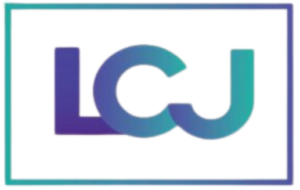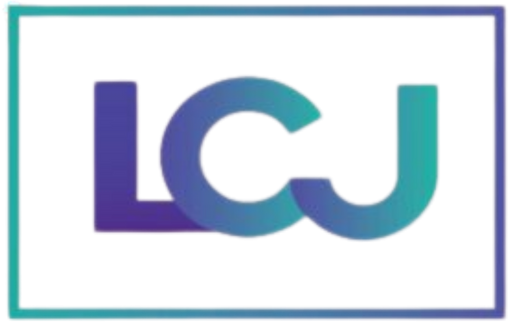After spending over a decade in the trenches of HR, HRIS, technology implementation, and work management solutions, I’ve watched countless companies pour millions into innovation initiatives only to wonder why they’re still falling behind. The answer isn’t hiding in your tech stack or your R&D budget—it’s sitting at desks throughout your organization, likely feeling disconnected and undervalued.
The Engagement Crisis Nobody’s Talking About
Let’s be brutally honest: most employee engagement programs are performative theater. The annual surveys, occasional team lunches, and motivational posters aren’t moving the needle on what really matters. In my work implementing enterprise systems across industries, I’ve seen firsthand how disengagement silently erodes innovation potential.
The math is simple but devastating: disengaged employees = diminished innovation = competitive decline.
When employees feel like interchangeable parts in your corporate machine rather than valued contributors, their brilliant ideas—the ones that could transform your business—stay locked in their minds. They clock in, perform their assigned tasks, and clock out. Innovation requires risk-taking, and people don’t take risks in environments where they don’t feel safe or appreciated.
The Hidden Connection Between Employee Relations and Market Leadership
Your company’s approach to employee relations isn’t just an HR concern—it’s your most powerful predictor of sustained market leadership. Organizations with strong employee relations create psychological safety that becomes the fertile soil from which innovation grows.
I recently worked with a mid-sized manufacturing company struggling to keep pace with industry changes. Their technology was current, their processes efficient, but innovation had flatlined. The problem? A culture where challenging ideas was seen as insubordination rather than contribution. After rebuilding their employee relations framework to encourage constructive dissent and idea-sharing, their innovation metrics shot up 43% in just eight months.
Human Intelligence: The Overlooked Competitive Advantage
In our rush to adopt AI, automation, and digitization, we’ve devalued our most powerful asset: human intelligence. The irony is striking—we’re investing billions to replicate human cognition in machines while simultaneously failing to nurture it in our workforce.
Human intelligence brings what no algorithm can: empathy, ethical judgment, creative connections, and contextual understanding. When properly engaged, these uniquely human capacities drive the kind of breakthrough innovations that transform industries.
The Competency Paradox
Here’s a truth that’s rarely acknowledged: most companies are developing the wrong competencies. They focus on narrow technical skills while neglecting the meta-competencies that fuel innovation—critical thinking, collaborative problem-solving, and adaptive learning.
I’ve seen organizations with technically brilliant teams still fail to innovate because they lacked these foundational meta-competencies. Technical skills without these broader capabilities create highly efficient workers who can’t see beyond their specialized domains.
Three Shifts for Sustainable Innovation
Based on my experience implementing successful people-centered transformation, here are the shifts that actually move the needle:
- From engagement metrics to engagement culture: Stop measuring engagement and start living it. Make meaningful connection part of your daily operations, not an annual initiative.
- From rigid hierarchy to dynamic collaboration: Innovation happens at the edges and intersections. Create structures where ideas flow freely across departmental and hierarchical boundaries.
- From skill development to whole-person growth: Invest in your people’s complete development—cognitive, emotional, and social. The returns will dwarf any other investment you make.
The Bottom Line
The sustainability, growth, and market positioning you’re chasing isn’t hiding in the next technology upgrade or process improvement. It’s waiting to be unlocked in the human potential already within your organization.
Companies that recognize human intelligence as their foundation for innovation will thrive in the turbulence ahead. Those that continue treating employees as interchangeable resources will find themselves increasingly irrelevant, regardless of their technology investments.
The choice is clear, and the stakes couldn’t be higher. Your next competitive advantage isn’t coming from a vendor or consultant—it’s already sitting in your weekly meetings, waiting for the space and support to transform your future.
Written by : Lee Cage Jr.
Lee Cage Jr. is a visionary strategist, founder, consultant and leader at the forefront of technological innovation and operational transformation. Driven by curiosity and inspired by innovation, Lee leverages technology as an enabler to curate solutions that transform organizations and help shape the future of work.
Join My Community Of Change Agents
Get the latest news, updates and events delivered to your inbox.

